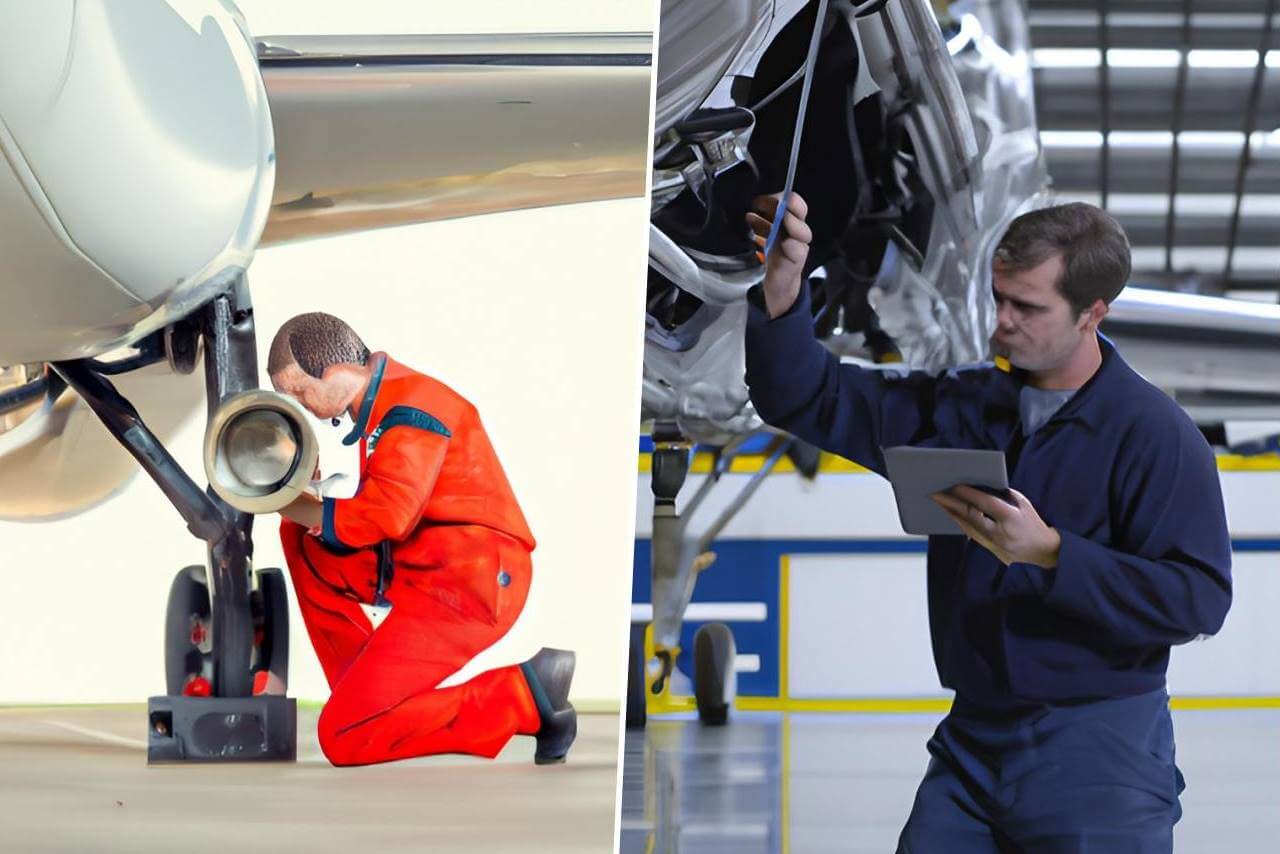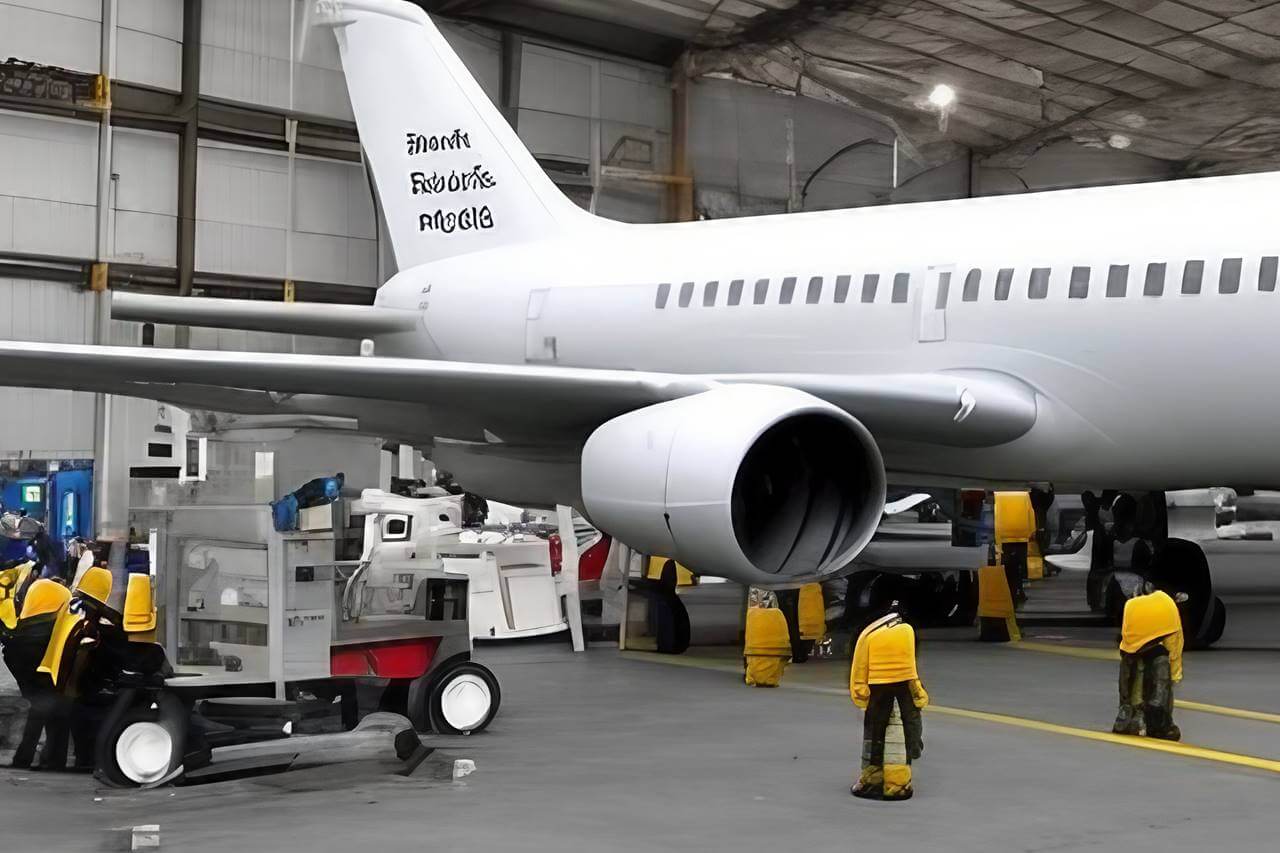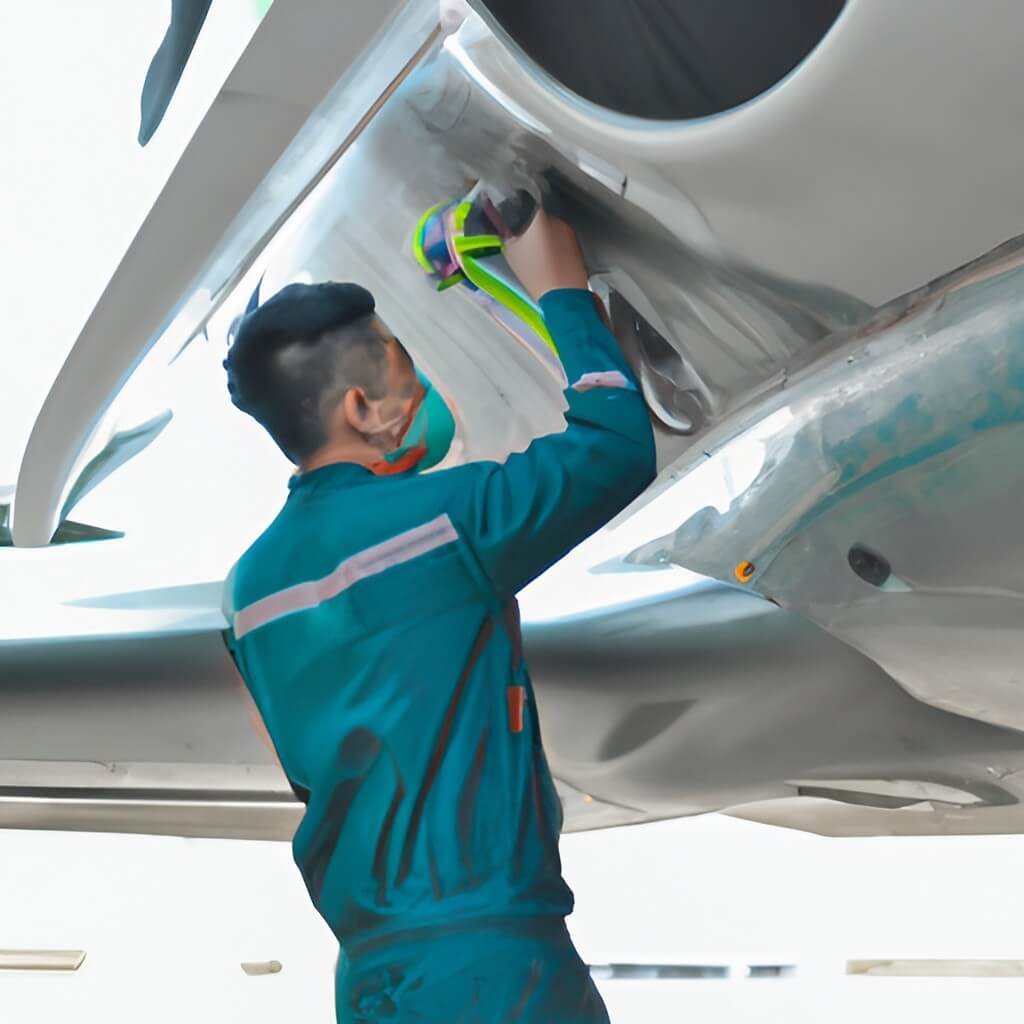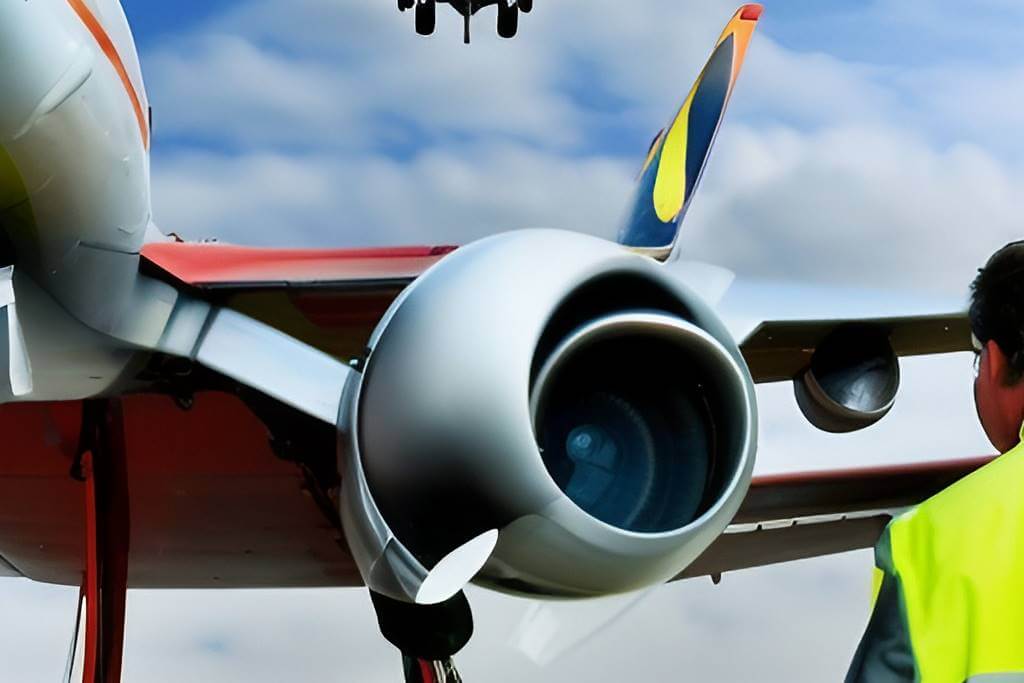AV1ATES is a useful aviation acronym mnemonic that general aviation pilots use to remember the various types of inspections required in order to operate an aircraft legally in the United States. Operating an aircraft is a complex process that requires a lot of attention to detail and careful adherence to regulations.
Also Read: ATOMATOFLAMES and FLAPS Acronyms in Aviation
Keeping up with the necessary inspections is crucial in ensuring that not only the pilot, but also the passengers and other people on the ground are safe.
Having a checklist such as AV1ATES can help pilots stay organized, on track, and compliant with regulations. By following these inspections, pilots can help prevent accidents and ensure that their aircraft remains in airworthy condition.
To ensure that your aircraft is safe and ready to fly, you must maintain the required inspections. AV1ATES is a mnemonic device used by certified mechanics when documenting the necessary checks in an aircraft’s logbook—make sure it stays up-to-date!
Contents
- What is Aircraft Airworthiness?
- AV1ATES Meaning in Aviation
- AV1ATES Checklist Aviation Acronym Explained in Detail
- A – Annual Check
- V – VORs (Very High-Frequency Omni-Directional Range) Check (for IFR only)
- 1 – 100 Hour Check
- A – Altimeter
- T – Transponder
- E – ELT (Emergency Location Transmitter)
- S – Static Pitot System (for IFR only)
- Video: AV1ATE Acronym for Student Pilots
- Frequently Asked Questions
- Summary
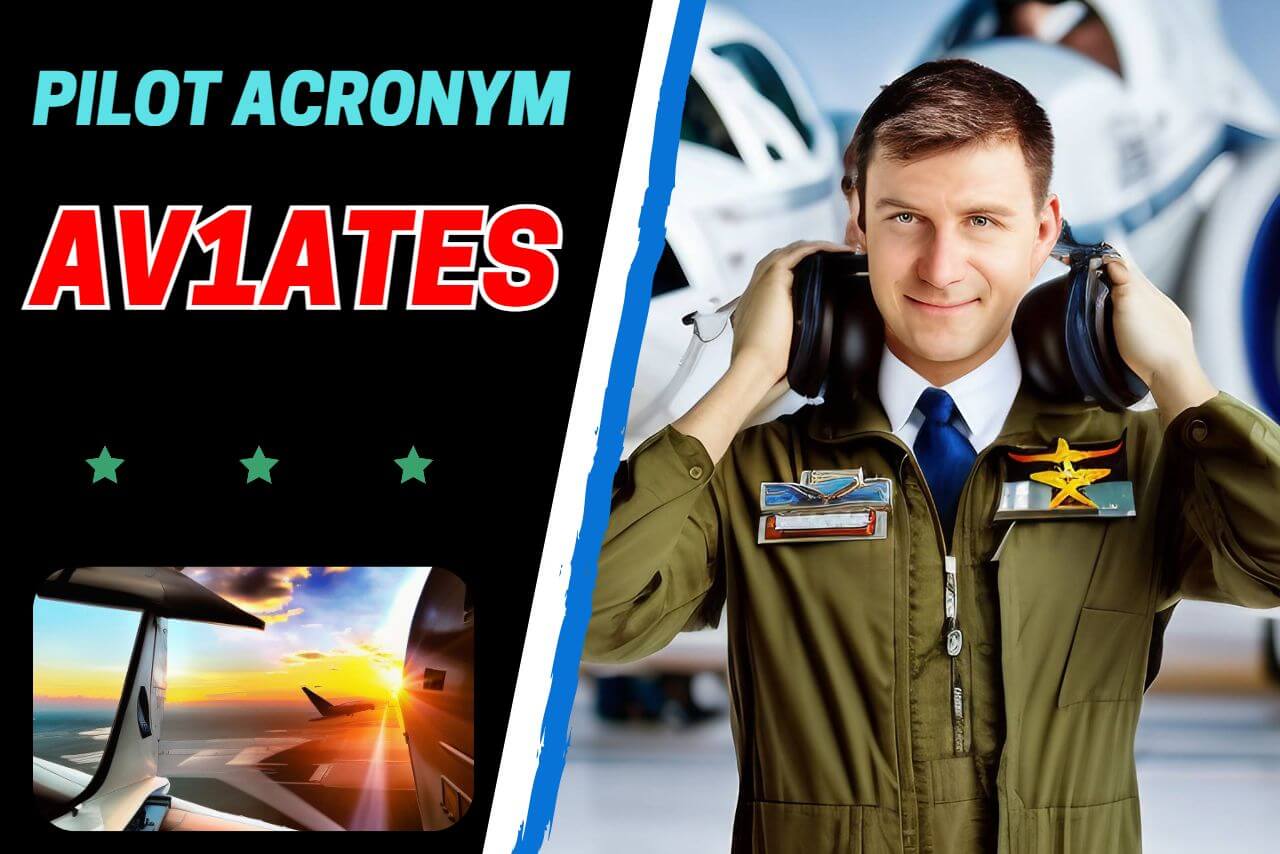
What is Aircraft Airworthiness?
Aircraft airworthiness is the process of ensuring that an aircraft meets or exceeds all safety requirements before it can be operated in flight. Airworthiness inspections involve checking the aircraft’s components, systems, and performance to make sure they are operating properly and meeting established standards.
After all, safety is the number one priority when it comes to aviation. If you’re still studying as a student pilot or even if you are a certified pilot, you always have to be aware of the inspection requirements when flying.
Also Read: IMSAFE Checklist Acronym: Pilot Fit to Fly Status Pre-Flight
AV1ATES Meaning in Aviation
The acronym AV1ATES stands for:
- A – Annual Check within 12 Calendar Months
- V – VORs (Very High-Frequency Omni-Directional Range) within 30 Calendar Days
- 1 – 100 Hour Check within 100 Hours
- A – Altimeter/Pitot Static within 24 Calendar Months
- T – Transponder within 24 Calendar Months
- E – Emergency Location Transmitter within 12 Calendar Months or 1/2 Battery or 1 Hour of Cumulative Use
- S – Static system tested within 24 Calendar months.
AV1ATES Checklist Aviation Acronym Explained in Detail
Let’s discuss each letter and its meaning in more detail and what they represent:
A – Annual Check
Timeframe: Annual check should be done within 12 months
The annual inspection is a comprehensive examination that covers all aspects of the aircraft including its engine, fuel system, electrical system, avionics, propeller, flight controls, and more. Every twelve months, for both VFR and IFR flights, a mandatory annual inspection must be conducted. This is regardless of the number of hours flown in that period.
The FAR (Federal Aviation Regulation) 91.409(a) states that “no person may operate an aircraft unless, within the preceding 12 calendar months, it has had an annual inspection”. The inspection is performed by a certified A&P (Airframe and Powerplant) mechanic or an FAA certified inspection facility that has Inspection Authorization (IA) certificate. The inspection is critical to the safety of the aircraft and its occupants.
V – VORs (Very High-Frequency Omni-Directional Range) Check (for IFR only)
Timeframe: VOR check within 30 days
VOR (VHF Omnidirectional Range) navigational equipment is used to determine the aircraft’s position relative to ground-based navigation aids. The navigation accuracy of VOR equipment should be checked every 30 days to ensure reliable navigation.
In IFR (Instrument Flight Rules) operations, FAR 91.171 requires pilots to check their navigation equipment every 30 days or before using them for navigation in IFR conditions. This generally consists of a simple check of the operation and accuracy of the navigation equipment.
You need to make sure your VORS are up-to-date with all relevant inspections completed on time. Your aircraft must be inspected and logged into the logbook every 30 days if you are flying in IFR, but not necessary for VFR flights. Keep track of your 100-hour inspections as required by FAA regulations – making sure to avoid missing a deadline. As an aspiring pilot, you understand the importance of flying for hire and completing a 100-hour inspection after every hundred hours in the aircraft. If you are accompanied by an instructor, who is paid by the aircraft owner or operator then this flight counts towards those 100 hours; however, if you solo fly as a student then these flights do not count towards your requirement to perform that inspection.
1 – 100 Hour Check
Timeframe: Inspection should be done within 100 hours
The 100-hour inspection, also known as the “condition inspection” is a thorough and comprehensive inspection that covers all aspects of the aircraft. It’s similar to the annual check but the inspection should be completed within the last 100 hours of operation.
The 100-hour inspection is a more focused version of the annual inspection. However, unlike the annual inspection, it must be completed every 100 flight hours, with no more than 10% overage. An A&P mechanic or an FAA-certified inspection facility must perform the inspection.
A – Altimeter
Timeframe: Inspection should be done within 24 calendar months
Altimeter, altimeter system, and altitude reporting equipment need inspecting every two years for both VFR and IFR flights. Make sure they are reading accurately and will not malfunction in flight. This is done by a certified A&P mechanic or an FAA-certified inspection facility.
The static pressure system, which is crucial to proper altimeter function, must also be inspected for leaks and proper function.
T – Transponder
Timeframe: Inspection should be done within 24 calendar months
The transponder is an electronic device that sends and receives signals from other aircraft and air traffic control radar. It is used to provide the aircraft’s location, altitude, and other critical information to air traffic controllers. The transponder must be checked every 24 calendar months to ensure that it is functioning properly and accurately transmitting the correct data.
E – ELT (Emergency Location Transmitter)
Timeframe: Inspection should be done within 12 calendar months or after 1/2 the battery useful life or 1 cumulative hour of use, whichever occurs first.
An ELT (Emergency Location Transmitter) is an emergency beacon that transmits a distress call on the international frequency of 121.5 MHz if the aircraft is involved in an accident or other incident.
he ELT must be tested and inspected every 12 calendar months to ensure it is functioning properly and transmitting the correct data. Additionally, the ELT battery must be checked periodically to ensure that the battery is still operational. The battery needs to be replaced at half of its life or after one hour of cumulative use. The half-life will be listed on the battery casing itself and can also be found in your aircraft’s logbook.
If your ELT has been activated for one hour, it’s time to change the battery.
S – Static Pitot System (for IFR only)
Timeframe: Inspection should be done within 24 calendar months
The static pitot system is used to measure atmospheric pressure, which is an essential factor in determining the aircraft’s altitude. The static ports and lines must be inspected and tested every 24 calendar months to ensure that there are no leaks or other obstructions that would affect the accuracy of the measurement. Furthermore, you must complete this process on a regular basis in order to keep the instrument rating valid – under FAA written regulations.
AV1ATES is a helpful way to remember the inspections an aircraft needs in order to fly legally in the USA. It’s important to memorize these pilot acronyms and their due dates as well as the necessities for when and what type of flight is required.
Video: AV1ATE Acronym for Student Pilots
Check out this video clip by Part Time Pilot on YouTube which explains the AV1ATE acronym. It covers all the different types of inspections and tests an aircraft needs to be legal for flight in the USA.
The video also goes into detail on each inspection, including when they are needed and how they help keep pilots safe. This is a great tutorial for any student pilot studying up on pre-flight inspections.
Frequently Asked Questions
1. What are the different types of aircraft inspections?
Aircraft inspections generally fall into two categories: 100-hour and annual. The 100-hour inspection must be done every 100 flight hours, with no more than 10% overage, while the annual inspection must be completed within 12 calendar months. Additionally, certain components of the aircraft must be inspected and tested separately, such as the altimeter/pitot static system within 24 months or the ELT (Emergency Location Transmitter) within 12 months.
2. Why is AV1ATE important?
The AV1ATE acronym (Altimeter/Pitot Static, Transponder, ELT, and Static System) is important because it reminds aircraft owners and pilots of the different types of inspections that must be done on their aircraft in order to keep it legal and safe in the US. It is important to stay up-to-date with these inspections, as failure to do so could lead to serious penalties or even a loss of license.
3. What can happen if aircraft inspections are not done?
If aircraft inspections are not done, pilots may be subject to fines, license revocation or suspension, and possible jail time. Not performing the necessary inspections could also lead to a dangerous situation while in flight due to malfunctioning components. It is imperative that aircraft owners and pilots take safety seriously and comply with all applicable regulations.
4. Where can I get my aircraft inspected?
Aircraft inspections can be completed at any authorized repair station or FAA-certified mechanic. Make sure the mechanics are qualified and capable of performing the necessary inspections before entrusting them with your aircraft. Additionally, many airports have service providers who offer aircraft inspections on a regular basis.
5. What is the acronym for Aircraft Inspection?
The acronym for aircraft inspection is AV1ATE. By following the AV1ATE acronym, pilots and aircraft owners can stay up-to-date with their aircraft inspections and ensure that their aircraft is safe to fly. Regularly scheduled maintenance and inspections are essential for the continued safety of everyone involved in aviation.
6. Where are the inspections listed?
There should be a logbook dedicated to each aircraft, which contains details of all inspections and repairs done. This logbook should include the date and brief description of what was done during each inspection as well as the signature of the mechanic performing the work. Additionally, some aircraft owners may choose to keep a paper or electronic copy of their aircraft maintenance logs for their own records.
Summary
AV1ATES is an important acronym mnemonic for general aviation pilots to remember the various types of inspections required in order to legally operate an aircraft in the United States. Airworthiness inspections are a crucial part of ensuring that not only the pilot, but also the passengers and people on the ground are safe.
Following AV1ATES can help pilots stay organized and compliant with regulations, as well as help prevent accidents and keep their aircraft in airworthy condition.
Disclaimer: Information posted here is for informational purposes only and should not be considered legal advice. Check with your local authorities for up-to-date regulations and guidelines regarding aircraft inspections. Please also check with your current training manual in order to ensure you are staying compliant with all applicable regulations. It is the responsibility of pilots, aircraft owners, and operators to stay up-to-date with all applicable regulations and guidelines regarding aircraft inspections in their area.
